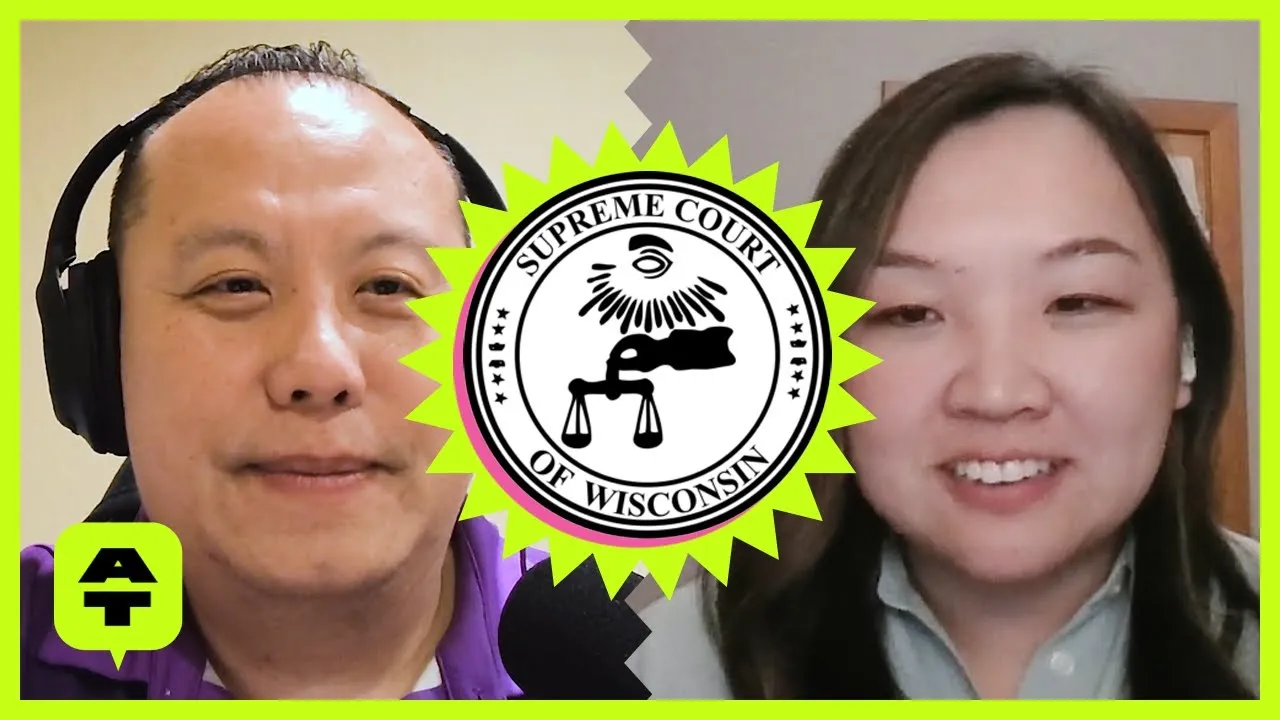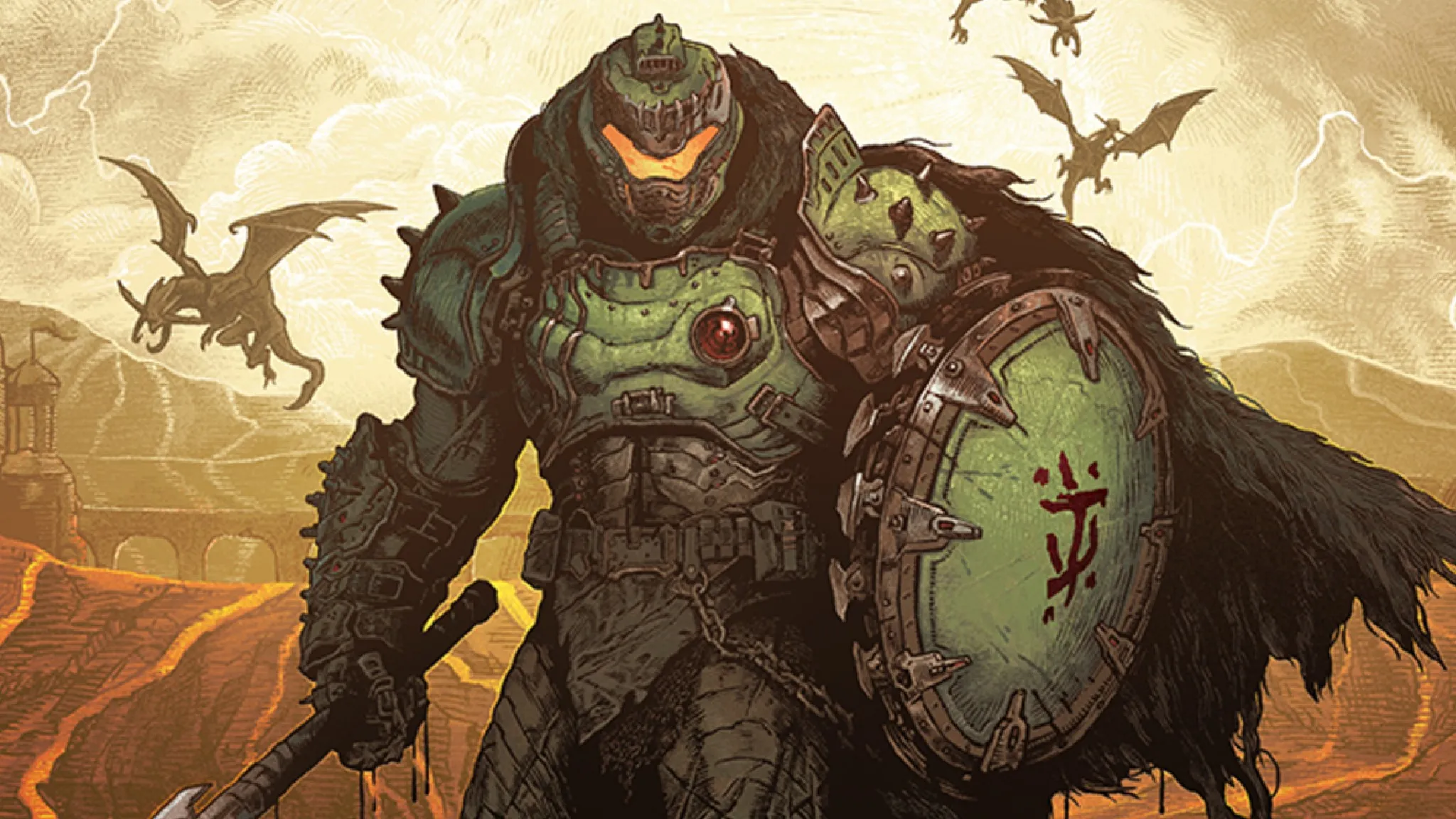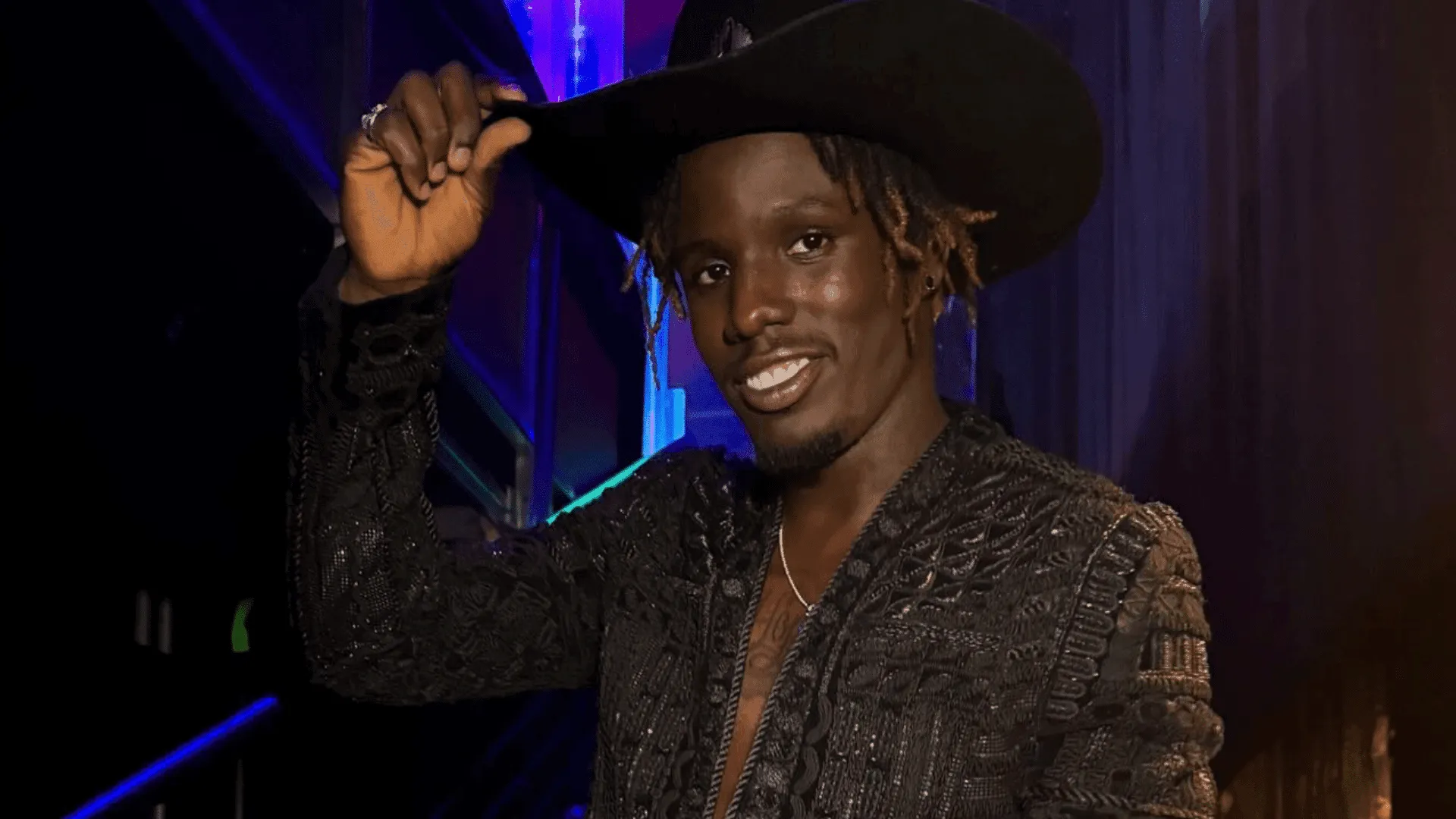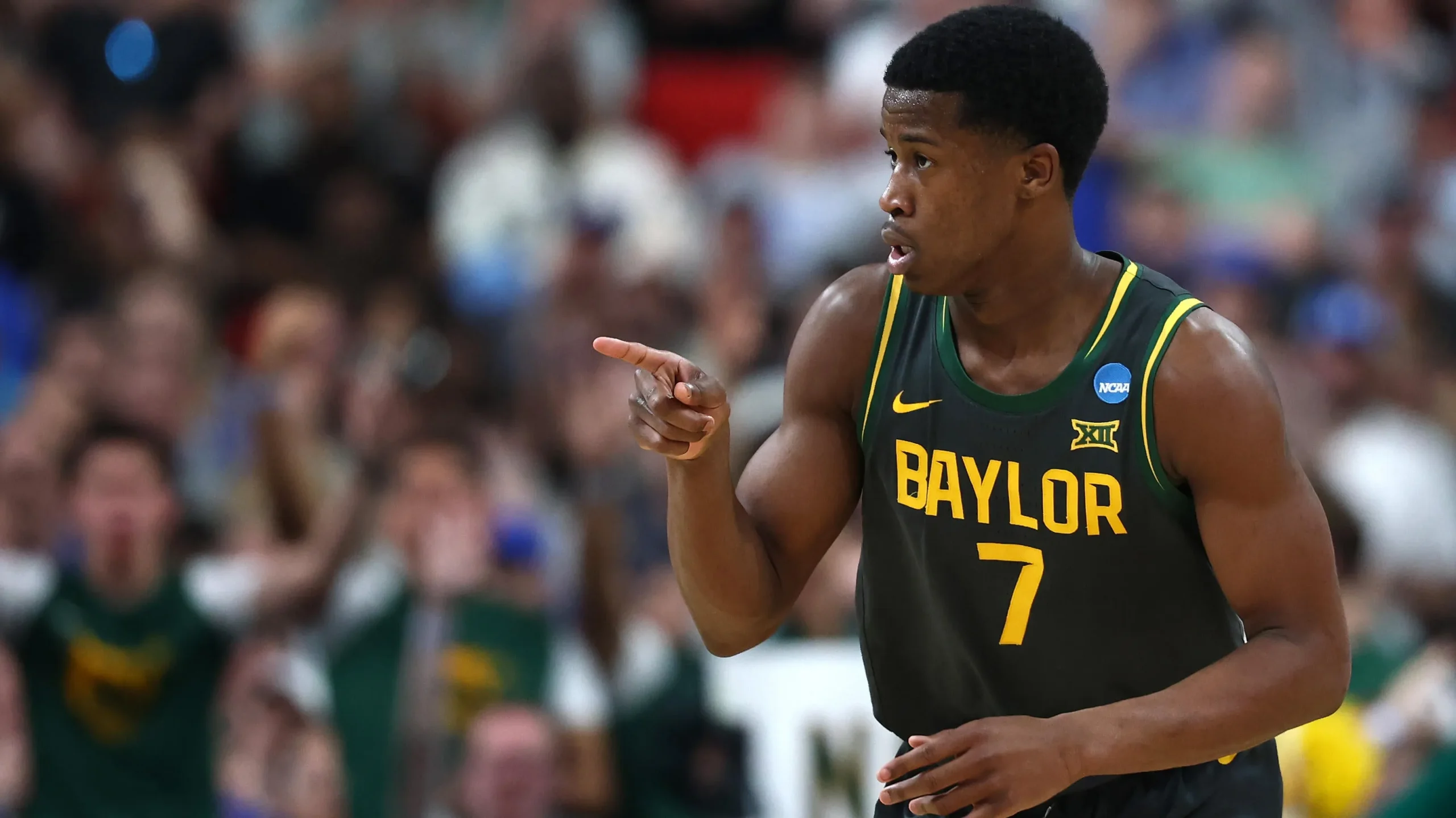“`markdown
Wisconsin Supreme Court Race: Polls Show Shifting Momentum Ahead of Pivotal Election
As Wisconsin approaches its highly anticipated Supreme Court election on April 1, 2025, the political landscape is charged with energy and urgency. The race features liberal Judge Susan Crawford and conservative Judge Brad Schimel, both vying for a seat that could significantly alter the ideological balance of the state’s highest court. This election has not only captured local interest but also drawn national attention, with both candidates receiving substantial financial backing that has pushed campaign spending to unprecedented levels.
The stakes are high, as early voting commenced on March 18, 2025, revealing an enthusiastic electorate eager to participate. Voter turnout has already surpassed previous elections, indicating that citizens are more engaged than ever. This enthusiasm is reflected in recent polls, which suggest a shifting momentum that mirrors public sentiment regarding the current political climate, particularly the influence of President Trump’s administration on local issues.
The election is viewed as a critical test of partisan divides in Wisconsin, with implications that extend beyond the courtroom. Both candidates have honed in on pivotal issues such as abortion rights, voting access, and gerrymandering, which resonate deeply with their respective bases. As the race unfolds, it has evolved into a proxy battle for broader national political trends, with both parties mobilizing resources to sway the outcome.
Record-Breaking Campaign Spending
This election cycle is poised to become one of the most expensive state Supreme Court elections in U.S. history, with campaign spending expected to exceed $100 million. This financial influx has attracted the attention of major donors, including Elon Musk, who has contributed over $18 million to support Schimel, while prominent Democratic donors like George Soros and J.B. Pritzker are backing Crawford. The heavy financial involvement of wealthy donors has raised questions about the influence of money in politics, with both candidates addressing concerns about out-of-state funding.
Early Voting and Voter Engagement
The early voting period has seen a surge in participation, with reports indicating higher turnout compared to previous elections. This heightened engagement is a promising sign for both campaigns, as they ramp up their voter mobilization efforts. Canvassing and community outreach initiatives are intensifying as the election date approaches, highlighting the high stakes involved. Voter engagement is crucial, as Schimel noted, “3.4 million Wisconsinites showed up to the polls to vote for president. We expect only 2 million to show up April 1. That means whichever campaign can best retain their voters from November will win in April.”
Shifting Momentum in Polls
Recent polling data indicates a notable shift in momentum, reflecting how voters feel about the current administration and its impact on local issues. The election is shaping up to be a referendum on the partisan divides that have characterized Wisconsin politics in recent years. As both candidates emphasize key issues, their messages resonate strongly with their respective bases, further fueling the intensity of the race.
Crawford has expressed a sense of urgency among her supporters, stating, “For events that I’m attending now, people seem really energized and really enthusiastic. They are also, I think, nervous and afraid — just a sense that rights are under attack in our country and feeling like they want to do something about that.” This sentiment underscores the emotional stakes of the election, as voters grapple with the implications of their choices.
Implications for Future Judicial Decisions
The outcome of this election could significantly impact future judicial decisions on critical matters in Wisconsin. With the ideological balance of the Supreme Court at stake, voters are acutely aware that their choices will have lasting repercussions. The election is not just about filling a seat; it is about shaping the future of judicial rulings that could affect generations.
A Proxy Battle for National Trends
As the election unfolds, it has become clear that this race is more than a local contest; it has evolved into a proxy battle for broader national political trends. The mobilization of resources from both parties indicates the importance of this election in the context of national politics. With both candidates emphasizing the need for voter turnout, it is evident that they recognize the implications of this race on the national stage.
Conclusion: A Critical Moment for Wisconsin
As Wisconsin prepares for the Supreme Court election, the shifting momentum in polls, heightened voter engagement, and record-breaking campaign spending underscore the significance of this pivotal moment. The outcome could reshape the ideological landscape of the Wisconsin Supreme Court, influencing key judicial decisions for years to come. With both candidates rallying their bases and addressing critical issues, the stage is set for a dramatic showdown on April 1, 2025. Voters will not only determine the future of the court but also reflect the broader political sentiments that have defined recent years in America.
In a state known for its political engagement, the 2025 Supreme Court race promises to be a defining moment, with implications that reach far beyond the courtroom. As






Leave a Comment